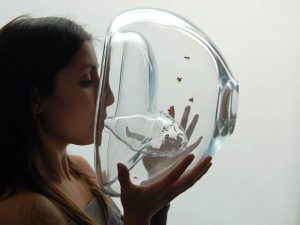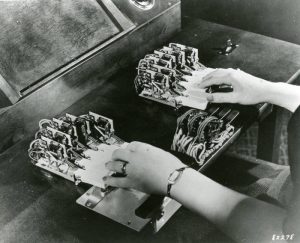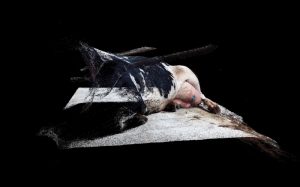Here’s a few notes about another talk i attended during the 22nd Chaos Communication Congress in Berlin last week: Robots for fun and research, by Verena Vanessa Hafner. I’ll just write down the first part of the speech, it covered the history of robotics, a field i’m fairly ignorant of.
Verena chose to start the history of robotics in the 18th Century with French monk Jacques de Vaucanson‘s automata, in particular, The Duck. This mechanical beast could flap its wings, eat, and “digest” (and shit) grain. The mechanism had more than a thousand moving parts, which were concealed, some inside the duck (image), and some in the base on which the bird stood (image). The original Duck has disappeared.
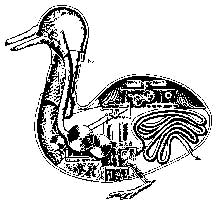
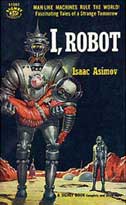
It’s the Czech writer Karel Čapek who coined the term “robot” in 1921. In his play R.U.R. (Rossum’s Universal Robots), human-like machines are create to replace human workers. In czech, the word “robota”, means “forced labor, drudgery.”
1942, Asimov‘s three laws of robotics.
1948-9, William Grey Walter creates autonomous machines called Elmer and Elsie that mimic lifelike behaviour with very simple circuitry. The three-wheeled tortoise robots were capable of phototaxis, by which they could find their way to a recharging station when they ran low on battery power. In one experiment he placed a light on the “nose” of a tortoise and watched as the robot observed itself in a mirror.
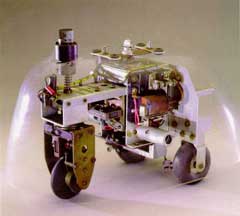
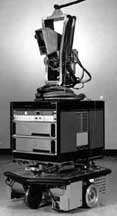
In 1966, the Stanford Research Institute creates Shakey, the first mobile robot that can reason about its surroundings. The robot had a television camera, a triangulating range finder, and bump sensors. It was the first autonomous robot that could navigate around obstacles, at the “speed” of 1 meter/7 minutes.
Verena Vanessa Hafner also hinted at one of the reasons why Westeners have a different relationship with robots than people in Japan (cf. Robots. Better than people?). In the Western tradition, humans were given life in two steps. First, a piece of dirt, then they were given divine breath. In the East, the gods of creation Izanagi e Izanami created life in one single step, spontaneous generation. There’s no such clear distinctions between inanimate things and organic beings.

